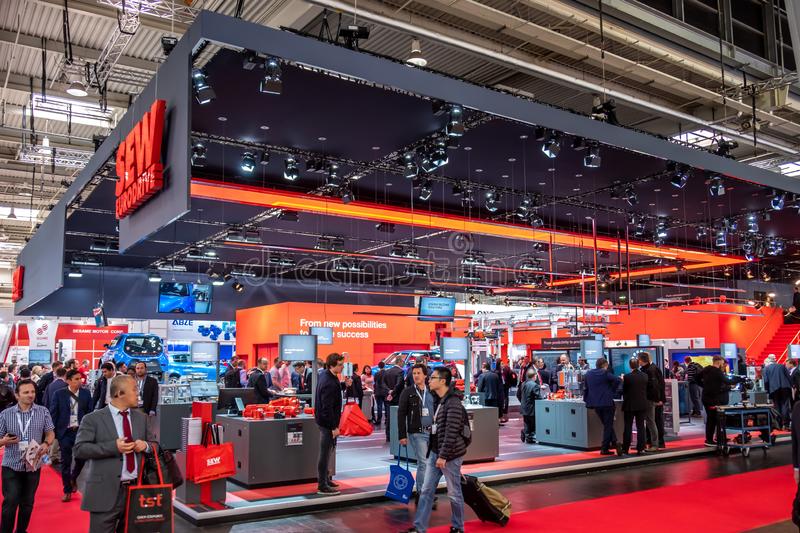Organizing a successful trade exhibition involves planning, ingenuity, and perseverance. Whereas most business-to-business (B2B) organizations evaluate trade show performance in terms of the number of connections, opportunities, and return on investment (ROI) generated, the amount of work put into the event ultimately defines its success rate. A company’s participation in trade exhibitions is significant. As a result, you’ll need the numbers to back up your claim that it’s a successful marketing strategy. In this article, we will share 5 ways to assure your UCON exhibitions are more successful. So without ado, let’s get started;
1. Plan ahead of time
One of the essential issues you can do in the lead-up to a trade show is to plan properly. It is never too soon to begin. Notify your staff of your travel plans so that they can purchase flights even before price increases. First, before the hotel sells out, book room blocks.
Pre-show campaign strategy is important in regard to event preparations. Start planning trade show emails at least 4 to 6 weeks ahead of time. You’ll want to let your audience know you’ll be at the trade show, and you may use email to send out significant announcements, teasers, and ways to meet the staff.
2. Get your sales and executive teams ready
Communication is a useful tool in trade show preparations. Marketing, sales, and the management staff are all common visitors at trade exhibitions. As the event approaches, make sure everyone is on the same line and has all of the relevant details.
Make a logistic document to guarantee that nothing will be forgotten and that everyone is on the same page. Contact information for everyone on your staff should be included in the paper in case you need to reach them while on site. Make a few copies and store them on a mobile device for easy access when travelling.
3. Make arrangements for pre-show station meetings
Sales and marketing collaborated to pre-schedule booth interactions with leads, customers, and partnerships at the most successful trade shows organized and attended. Set a reasonable target for your team (for example, use last year’s or before meeting amount as a baseline and boost it by 25%).
Build a shared calendar for the sales staff to see the booth schedule and which managers will be accessible on every trade show day.
4. Engage on social media
Before, during, and after the event, share images from the event on social media. Invite visitors to stop by your station to join a competition, pick up a gift, or watch a presentation. Make sure to have included your Custom Exhibition Stands number as well as the event hashtag so that people can locate you quickly.
5. Distribute prizes
Obviously, more traffic equals more great freebies. Spend the extra money on a prize or activity to draw people in. Don’t be afraid to be inventive with your offerings. From cash-paying slot machines to icy margaritas, I’ve seen it all. Food is something that everyone enjoys. Invite attendees to visit your booth by renting a coffee maker or an ice cream truck. This will assist in breaking the ice, allowing for more dialogue and, ideally, qualified opportunities.
6. Scanning, scanning, scanning!
Engage with your onsite crew 30 minutes first before doors open on the first day of the trade show. Verify that they are aware of the booth’s arrangement, prizes, and promotional activities. Allow them to test out the credential scanner once you explain how to use it. You’d be amazed how many card scanners differ from one show to the next. It’s also essential to use the scanners, which allow you to put in notes following your talk. This will aid your team’s post-show follow-up efforts. Scan the badges of all visitors to your stand. It will be a pity if you didn’t scan a good lead and didn’t send it on to your sales staff.
7. Conduct a briefing and follow-up
After the trade fair, have a debriefing meeting with your team. Make a list of what did well and what may be improved. Was your booth in a decent location with enough foot traffic? Did your message get through to the audience? As you start planning for the next trade show, your notes will be useful in identifying what has to be changed.



